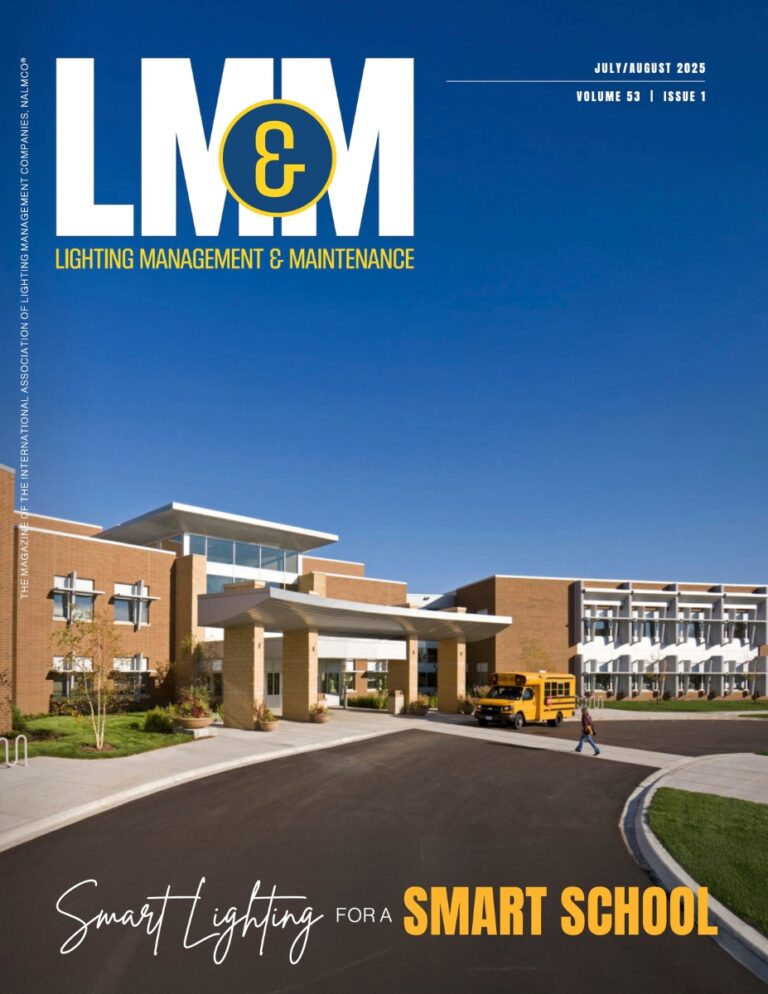WASHINGTON — The U.S. General Services Administration (GSA) is advancing progress toward the Biden-Harris Administration’s federal sustainability goals by releasing updated standards for federal buildings. P100 Facilities Standards for the Public Buildings Service establish mandatory design and construction standards and performance criteria for 300,000 federal buildings nationwide. The updated standards will help advance the adoption of cleaner, more efficient technologies for buildings; lead the way towards realizing the goals of the Federal Sustainability Plan to achieve net-zero emissions from all federal buildings by 2045; and promote the use of American-made, low carbon construction materials.
“These new standards represent GSA’s decades-long commitment to sustainable design practices and will accelerate our progress toward achieving a net-zero emissions portfolio by 2045,” said GSA Administrator Robin Carnahan. “We will continue to drive clean energy innovation and make smart investments in sustainability that get us a triple win: good jobs, taxpayer savings through increased efficiency, and healthier communities across the nation.”
P100 requires that facilities adopt advanced energy conservation strategies and eliminate on-site fossil fuel use, directives that align with federal sustainability goals and will accelerate the transition to a clean energy economy. The industry-leading standard calls for grid-interactive efficient buildings, leverages innovative technologies through GSA’s Green Proving Ground, requires the use of low-embodied carbon materials, and directs potable water reuse. These comprehensive measures ensure that new and renovated federal facilities achieve peak performance while minimizing environmental impact.
“What I’m particularly proud of is that the P100 includes new standards that will push the industry toward using more sustainable materials and pioneering practices,” said Public Buildings Commissioner Elliot Doomes.
The 2024 P100 establishes exceptional benchmarks for:
- Electrification: New standards for building equipment and systems to be powered by clean energy sources.
- Embodied Carbon: Requirement to utilize low-embodied carbon materials, including salvaged, reused, regenerative, and biomimetic options.
- Energy Efficiency: Enhanced building envelope performance to minimize energy loss and improve overall efficiency.
- Grid-Interactive Efficient Buildings: New measures to support a more resilient, responsive grid.
- Water Reuse: Mandating that buildings have a 15% potable water reuse rate.
- Construction Decarbonization: Ground breaking new low-carbon methods for constructing federal buildings including clean energy operations, material salvage, and offsite assemblage.
- Labor Practices: New standards protecting workers from unfair or unsafe labor practices, ensuring supply chains are free from child and forced labor and that workers are protected from the impacts of extreme heat.
P100 is updated and published every three years.
For more detailed information on the 2024 P100 and other GSA initiatives, visit GSA’s P100 web page.






